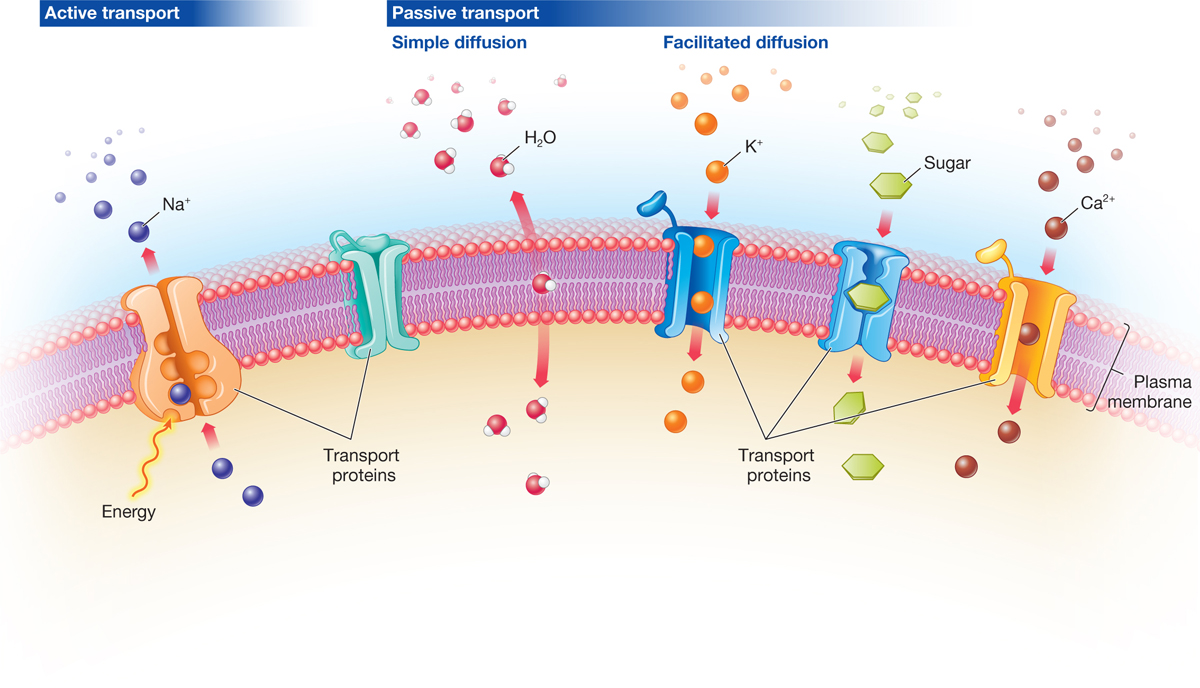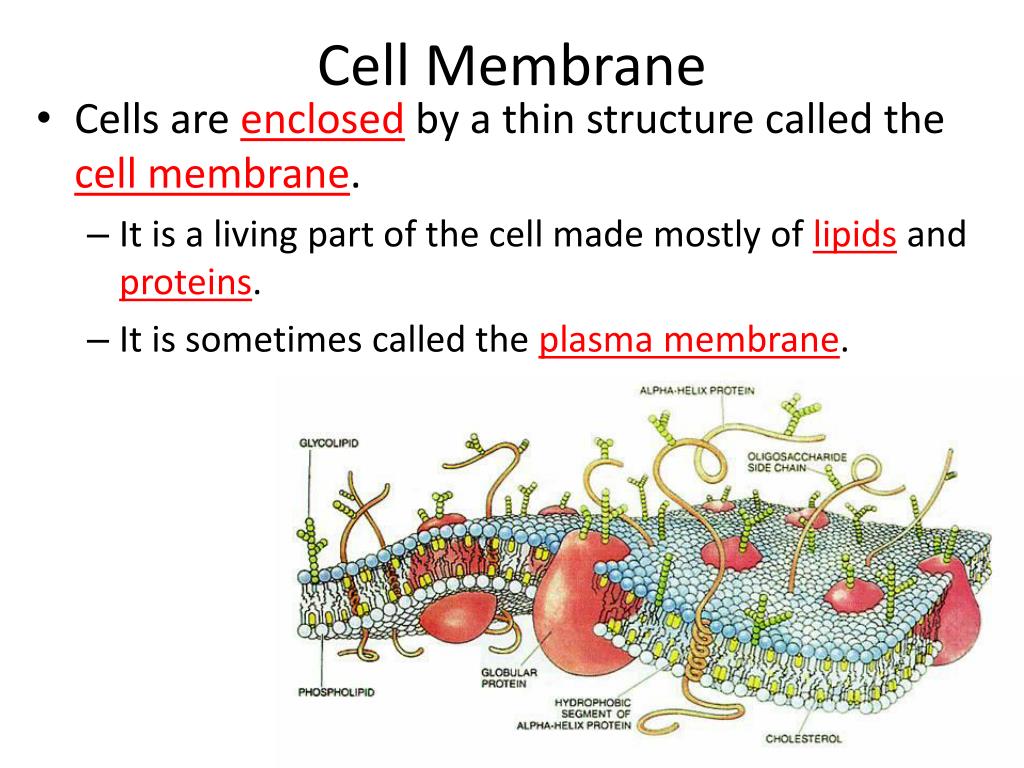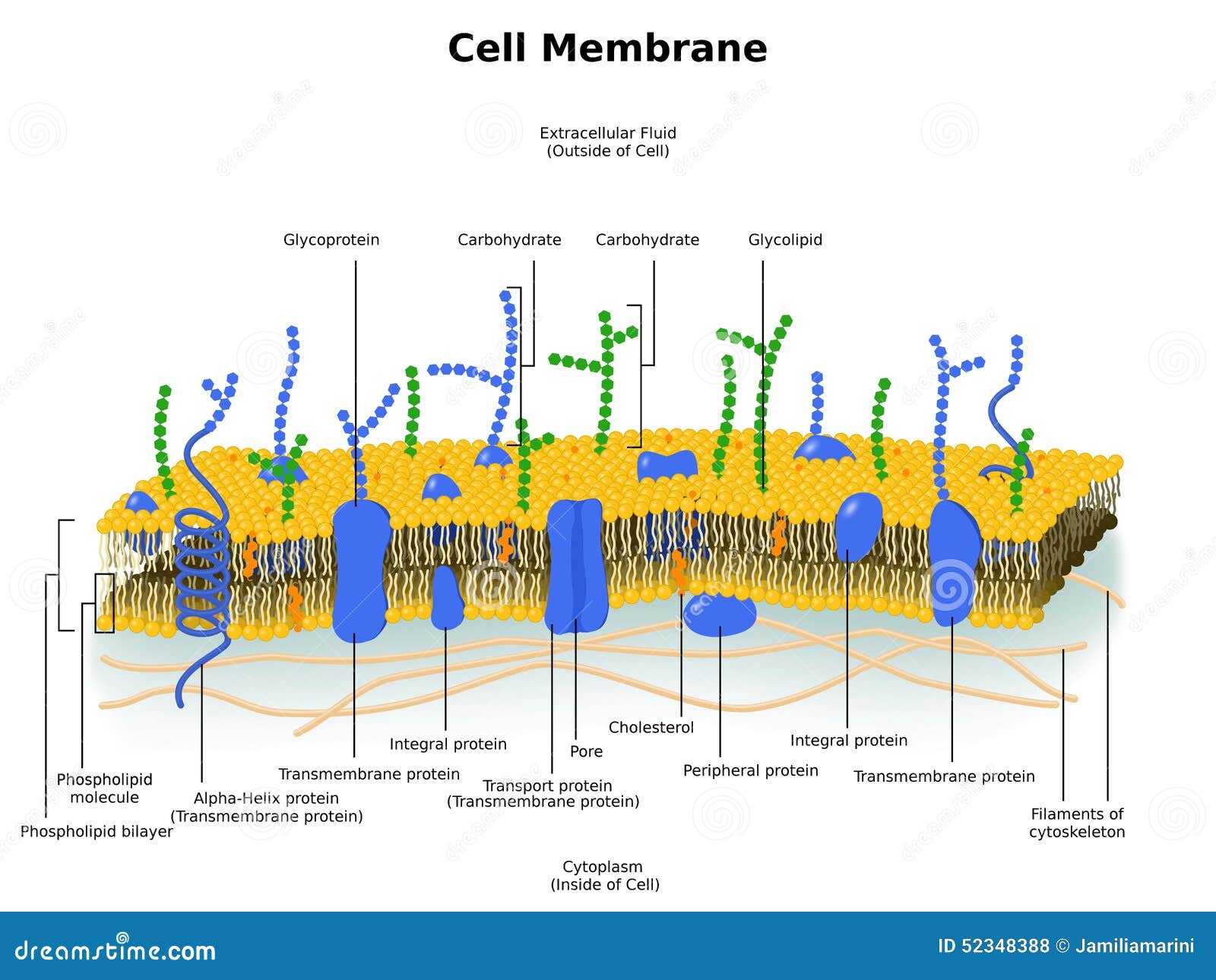

In turn uses components of the plasma membrane that are to its advantage and modifies others to suit its purposes. Just as the composition of the plasma membrane influences viral infectivity, the virus Recent progress in the analysis of the HIV, probably by now the most extensively characterized of all human pathogens, providesĪ good illustration of this paradigm. The comprehension of such fundamental processes as membrane fusion, protein transport, endocytosis, signal transduction, andĪntigen presentation, all phenomena that are intimately intertwined with the biology of membranes and their associated proteins. Correspondingly, the study of viruses has provided great strides in The immune system is subsequently called to the rescue. The plasma membrane is also the site where intracellular pathogens first clash with their target and the place from which The cell exposes on or releases from its surface a wide variety of molecules that regulate its recognition by other cellsĪnd that sometimes influence the homeostasis of the whole organism. Genetic content is constantly modulated by signals triggered and often integrated at the level of the plasma membrane. Although the nucleus can intuitively be viewed as the cell's center of command, the translation of its

The plasma membrane is a highly sophisticated structure whose phospholipidicīackbone is loaded with proteins responsible for channeling the stream of information that continuously flows between a cellĪnd its environment. In the life of a cell, the plasma membrane fulfills a range of functions that go far beyond the shaping and maintenance ofĪrchitectural features and the absorption of nutrients.


Thus, both surfaces of the plasma membrane are hydrophilic. \)) are in contact with aqueous fluid both inside and outside the cell.


 0 kommentar(er)
0 kommentar(er)
